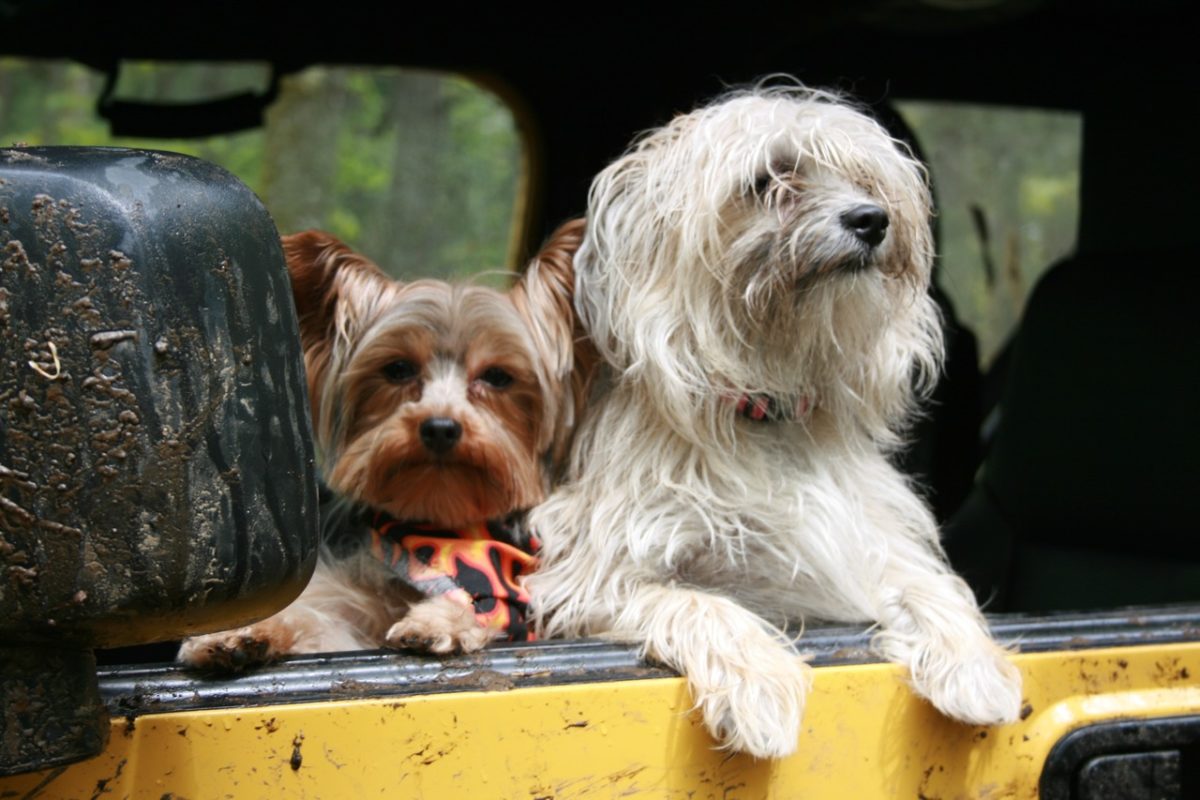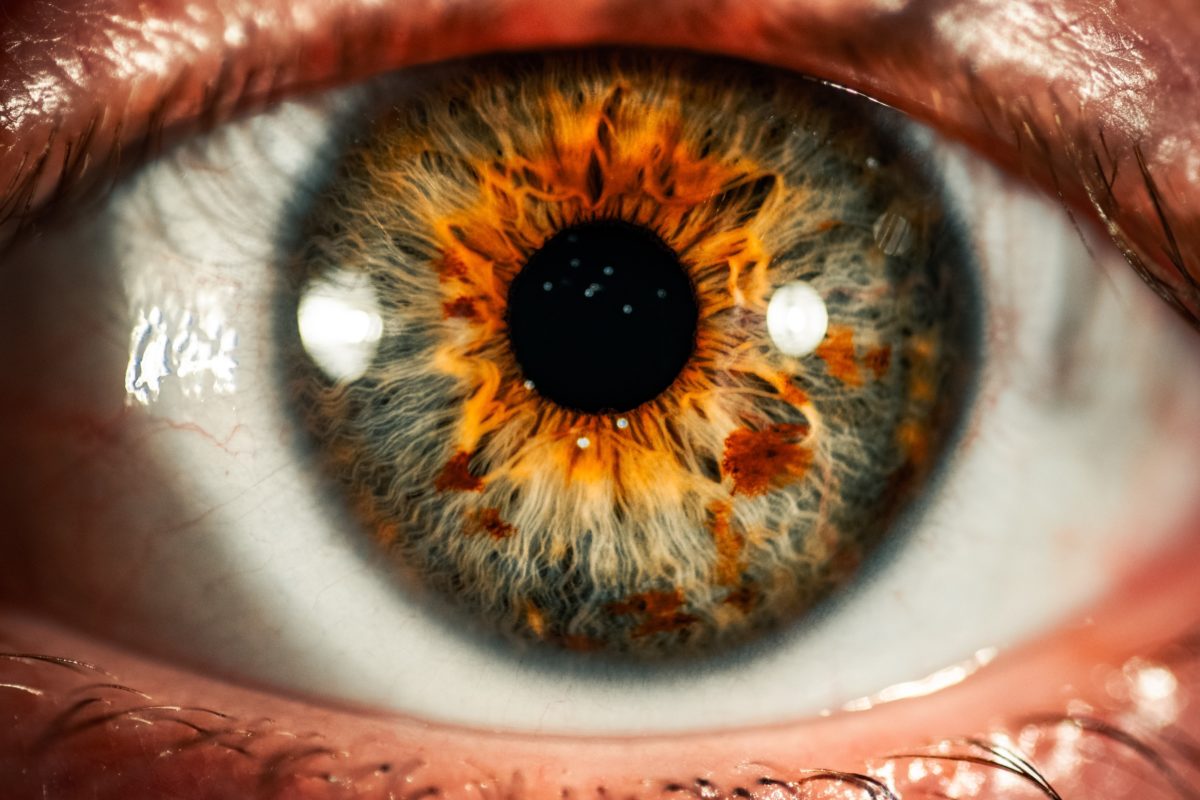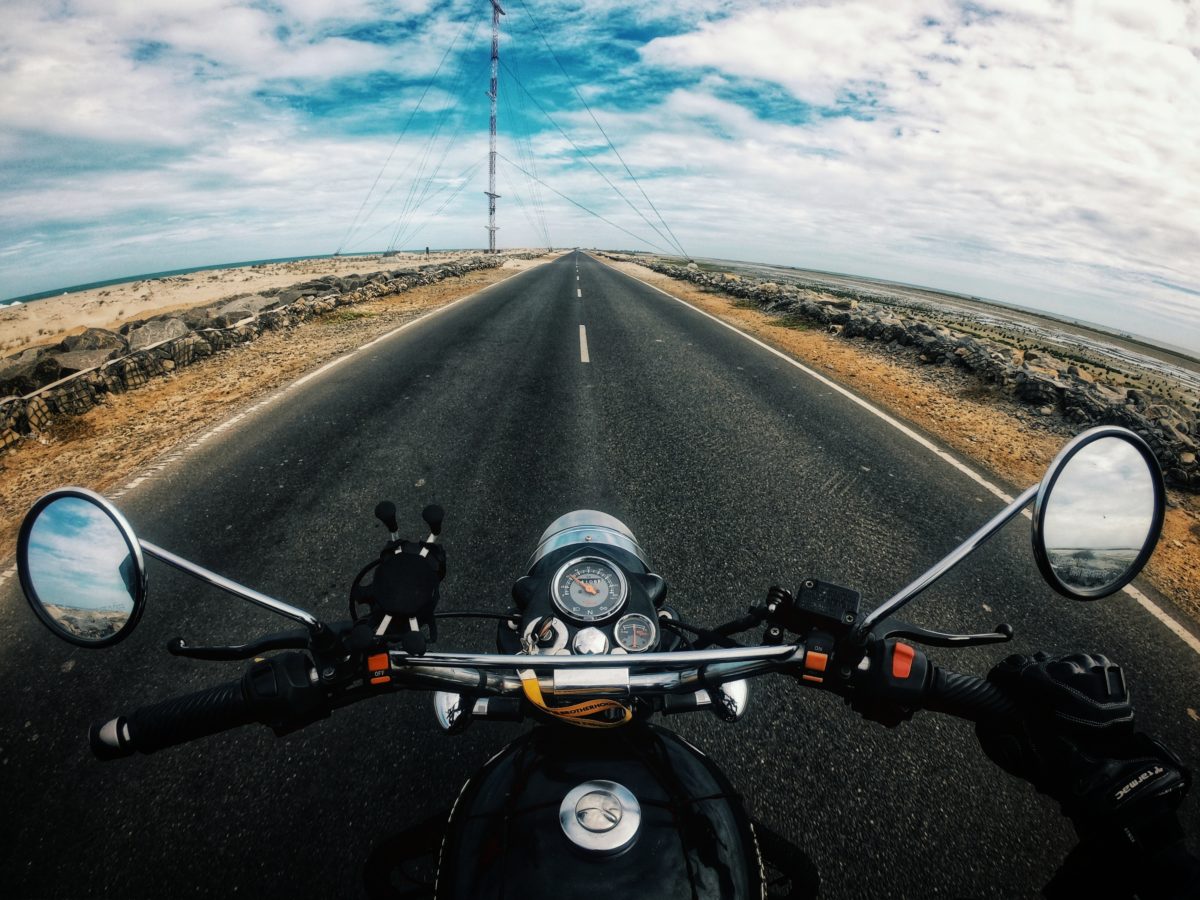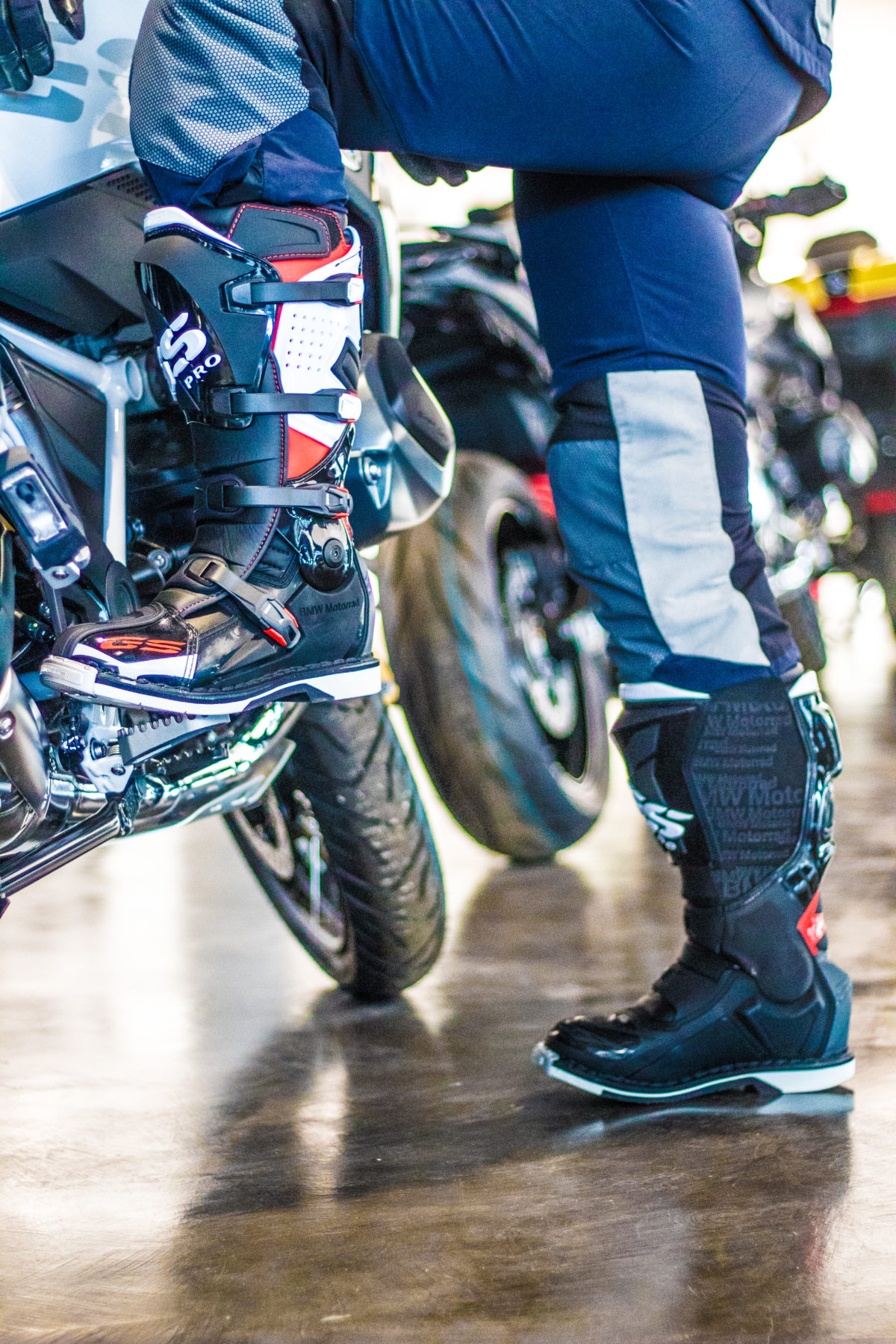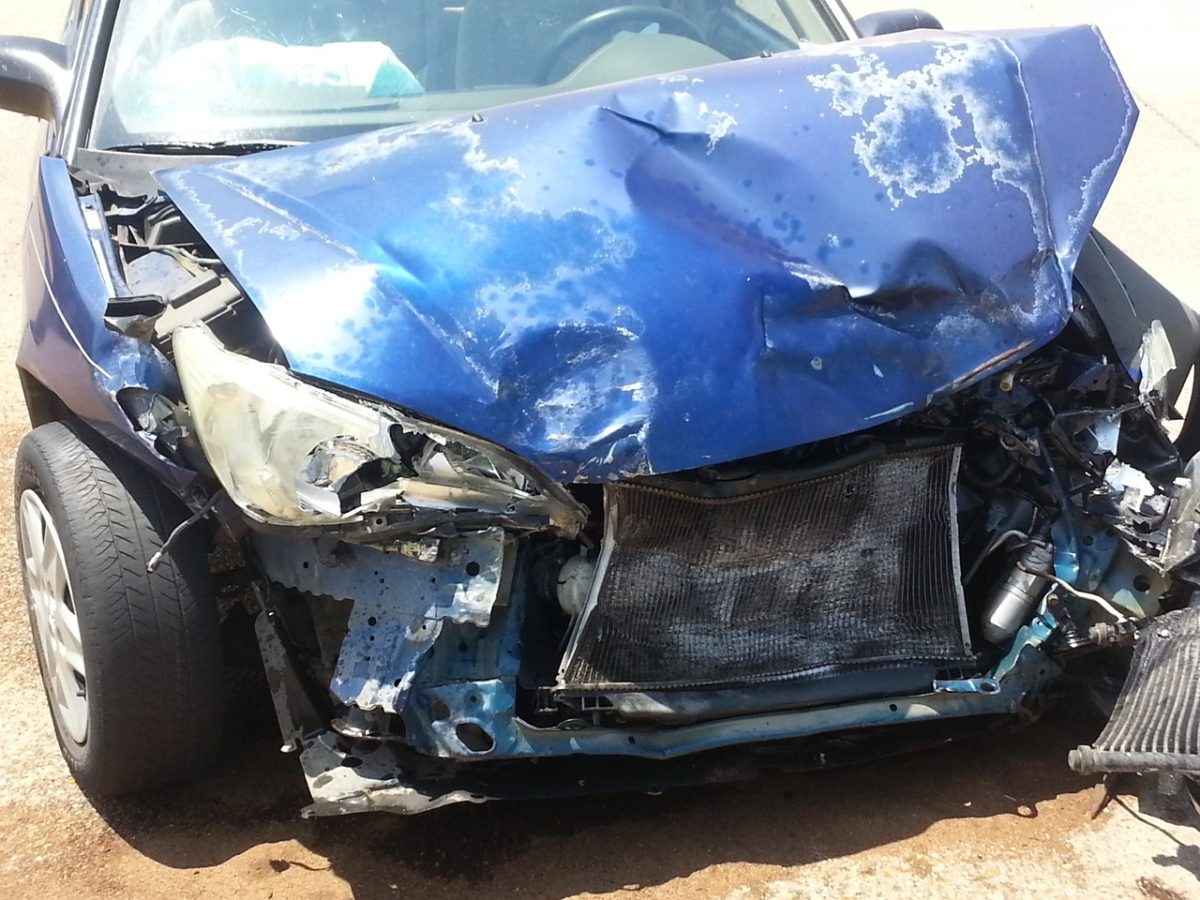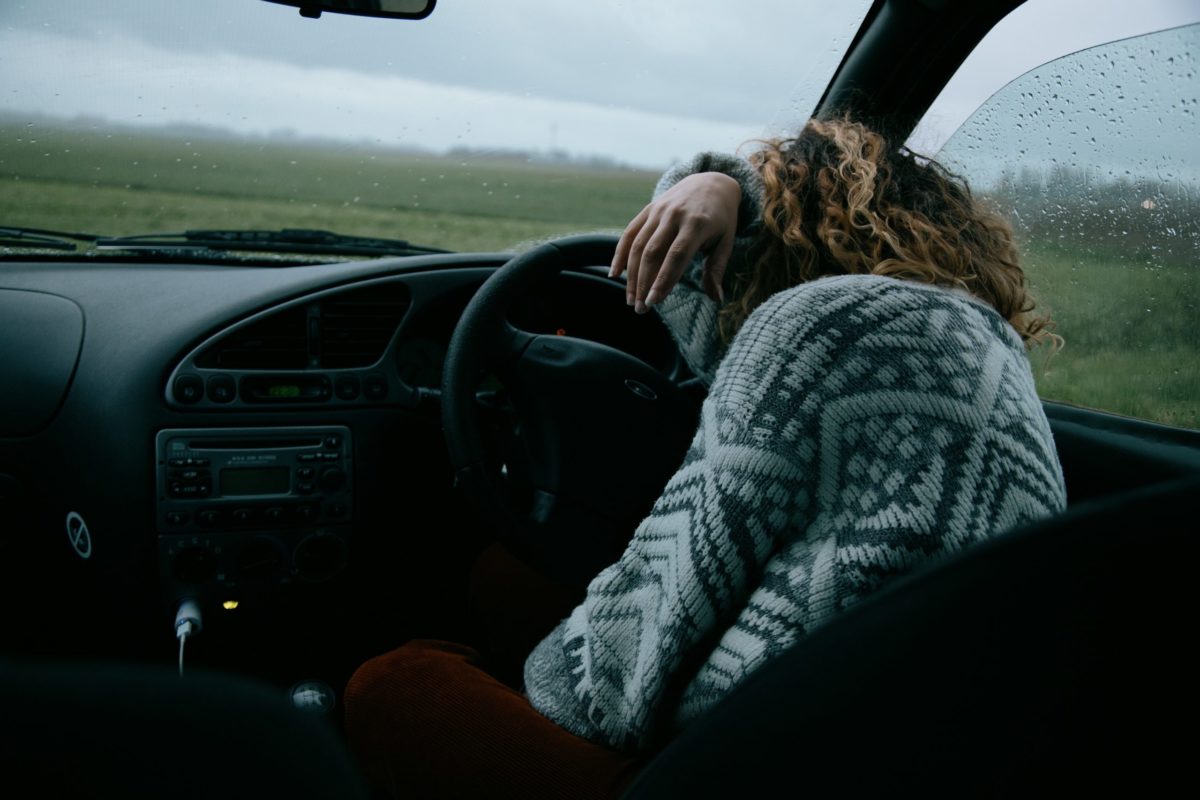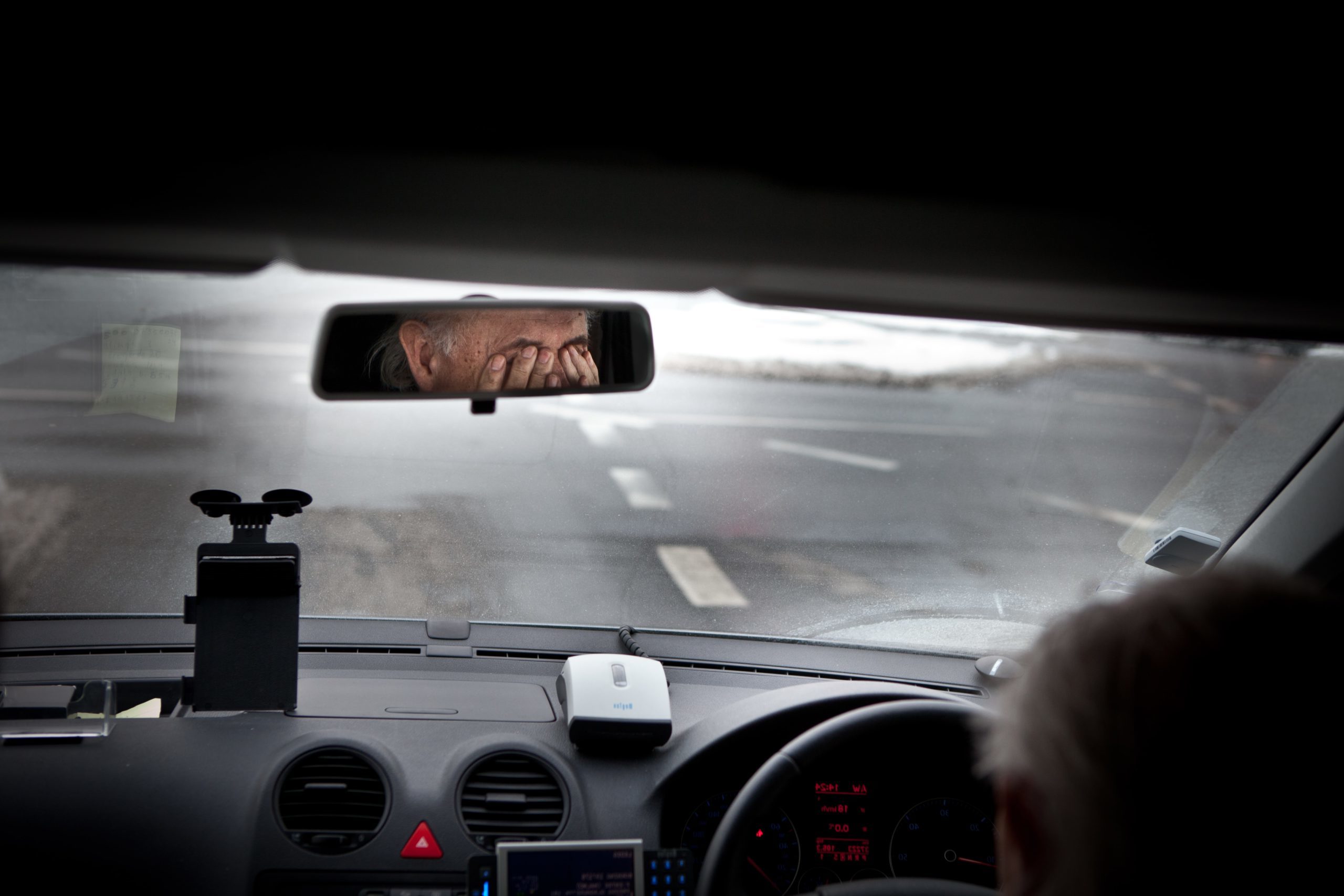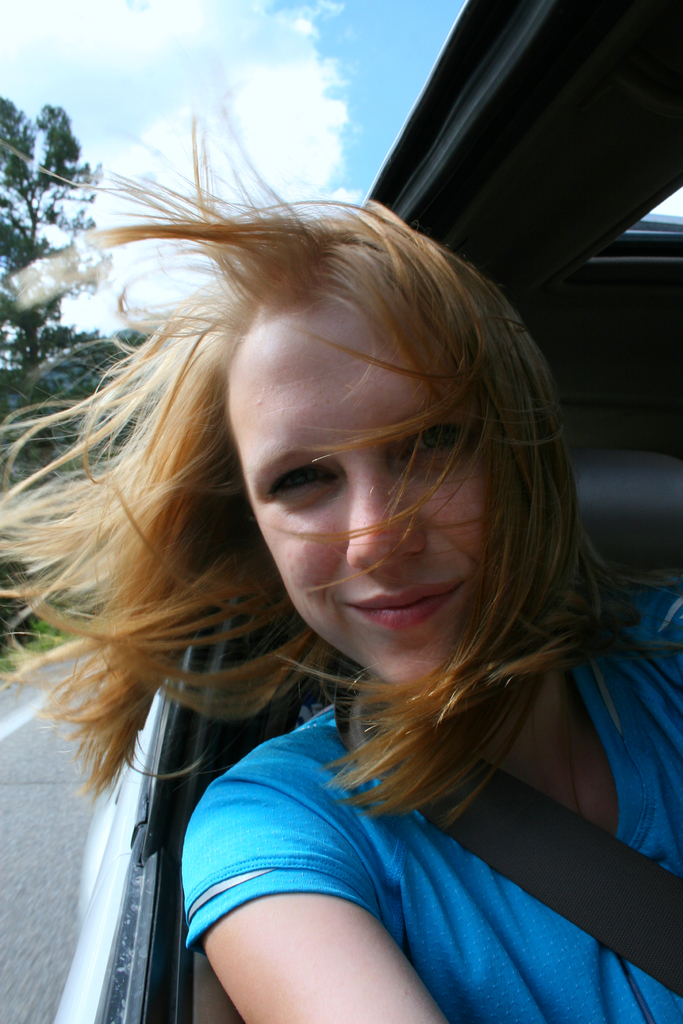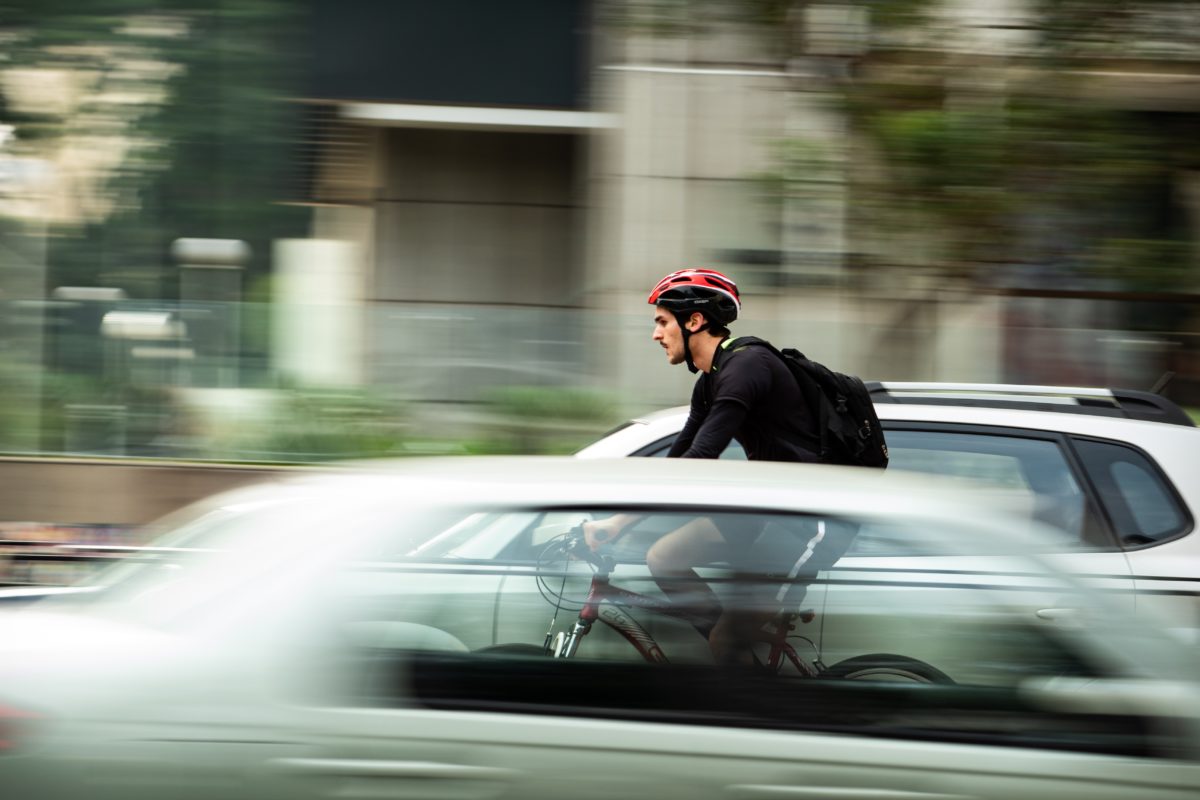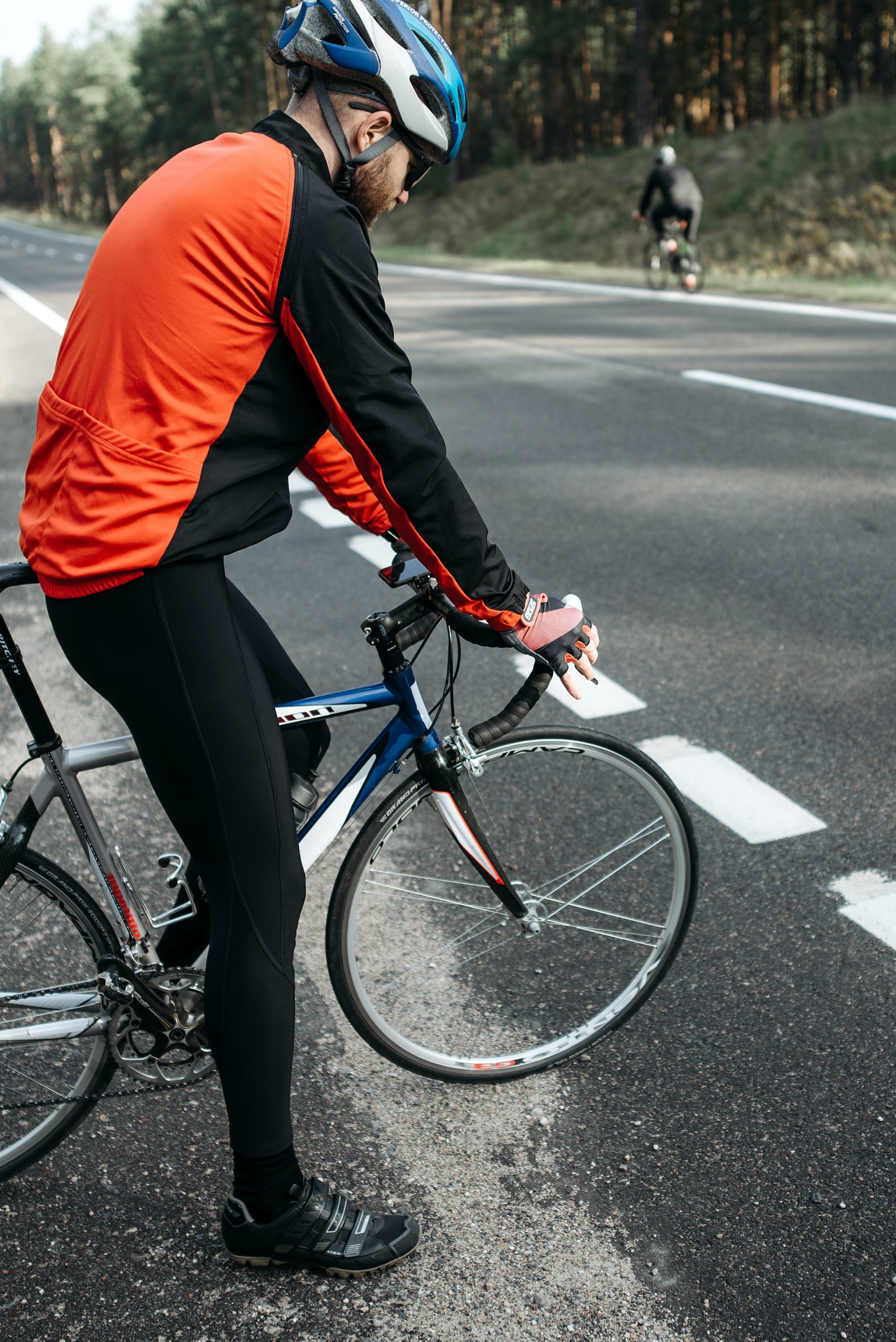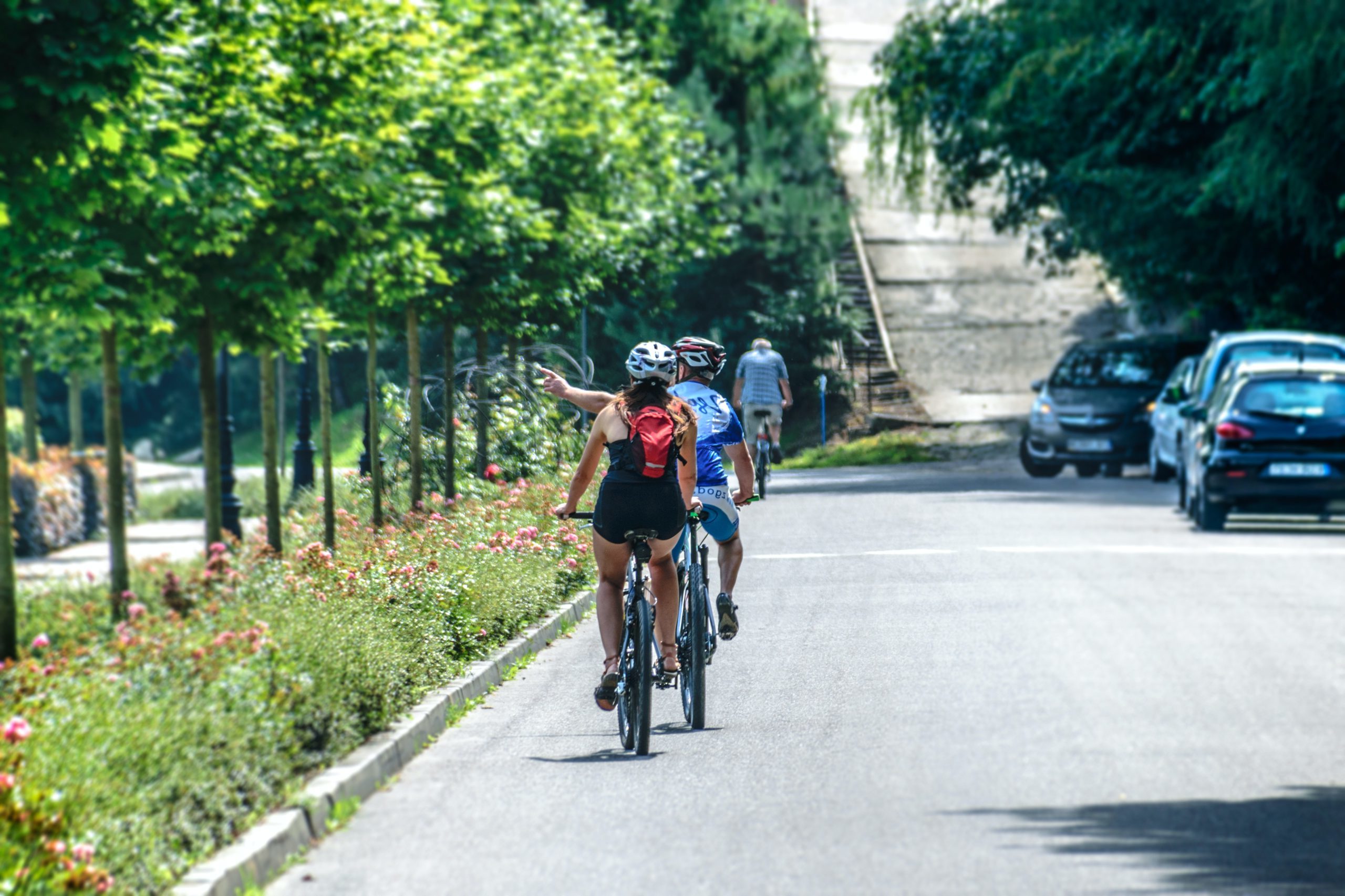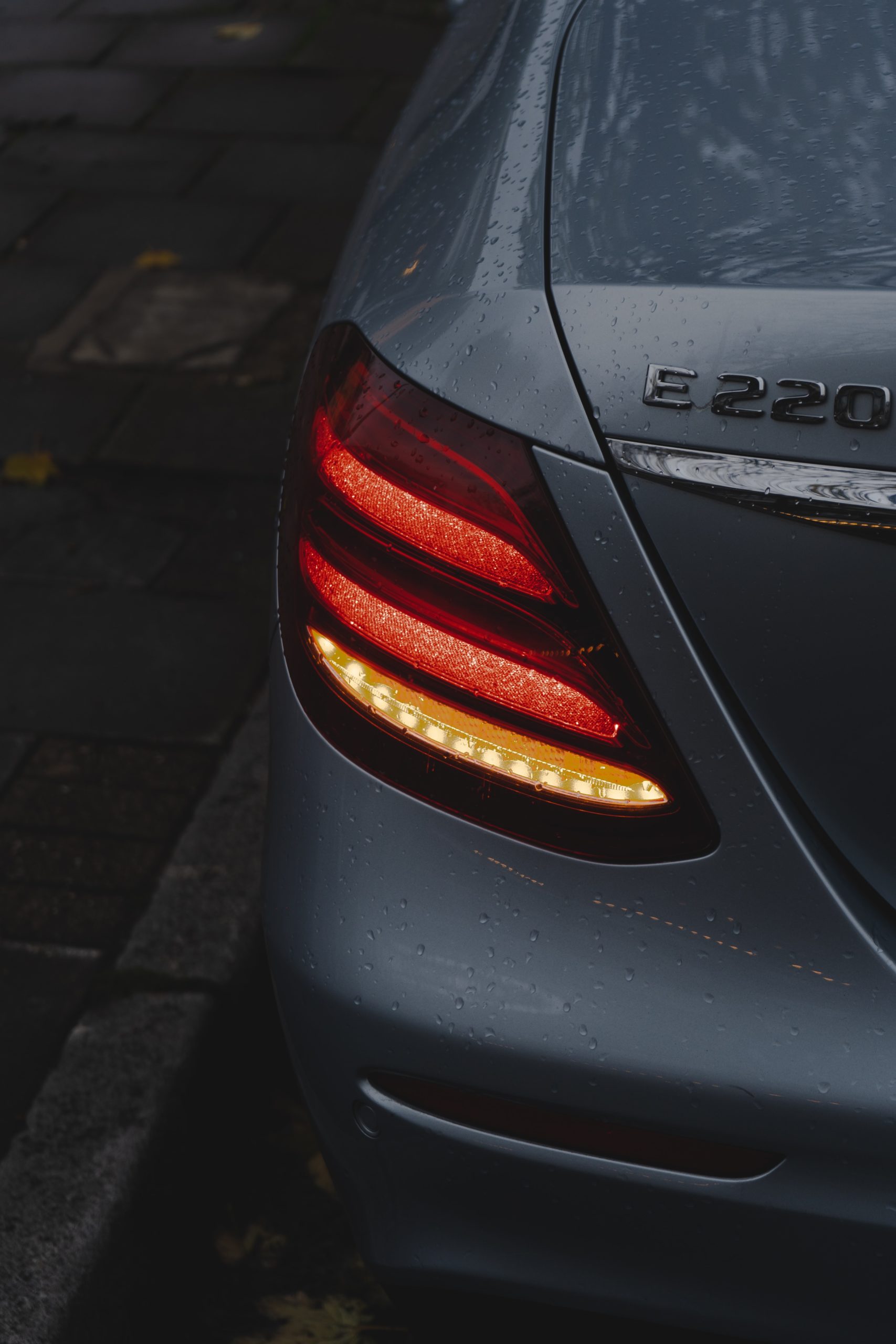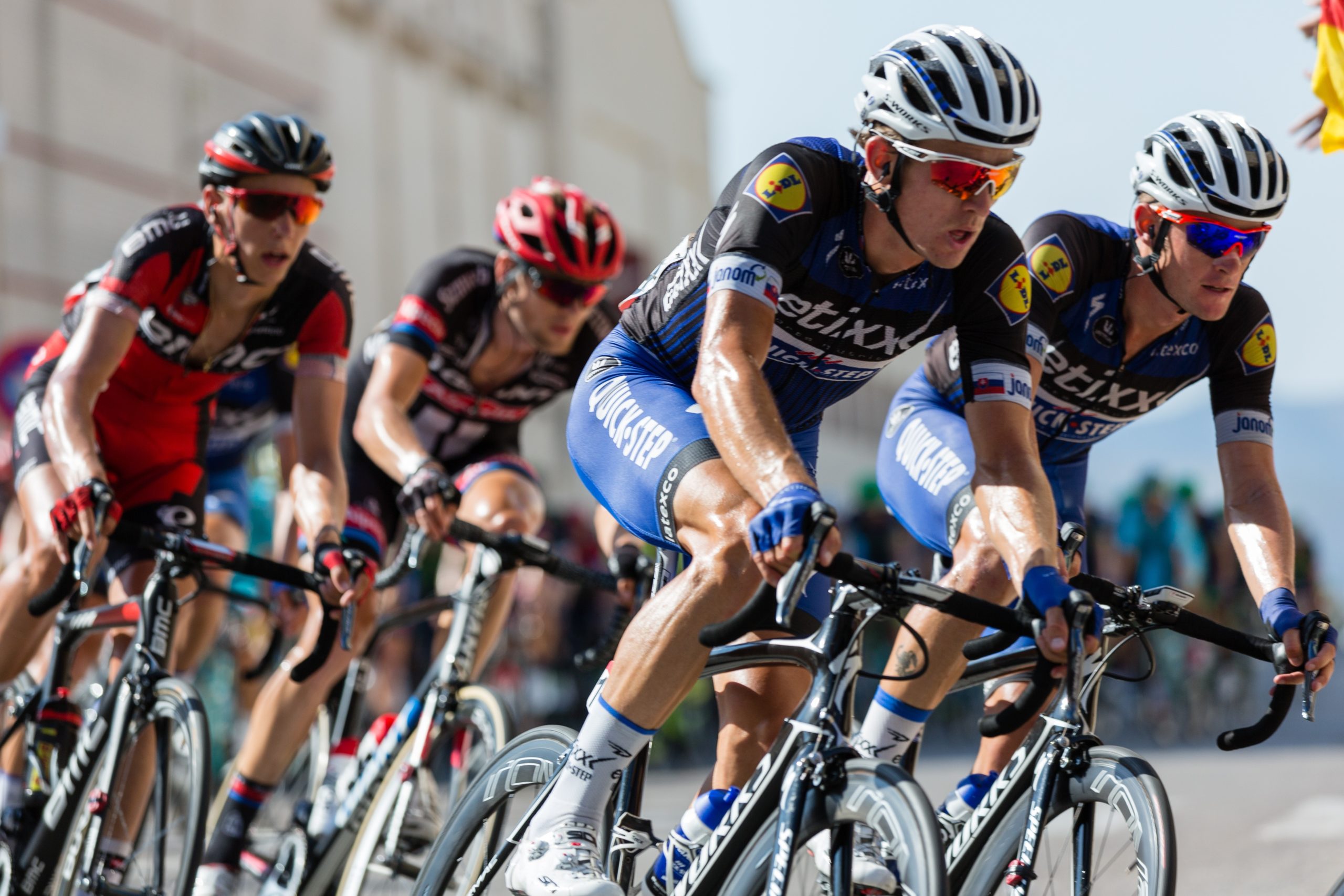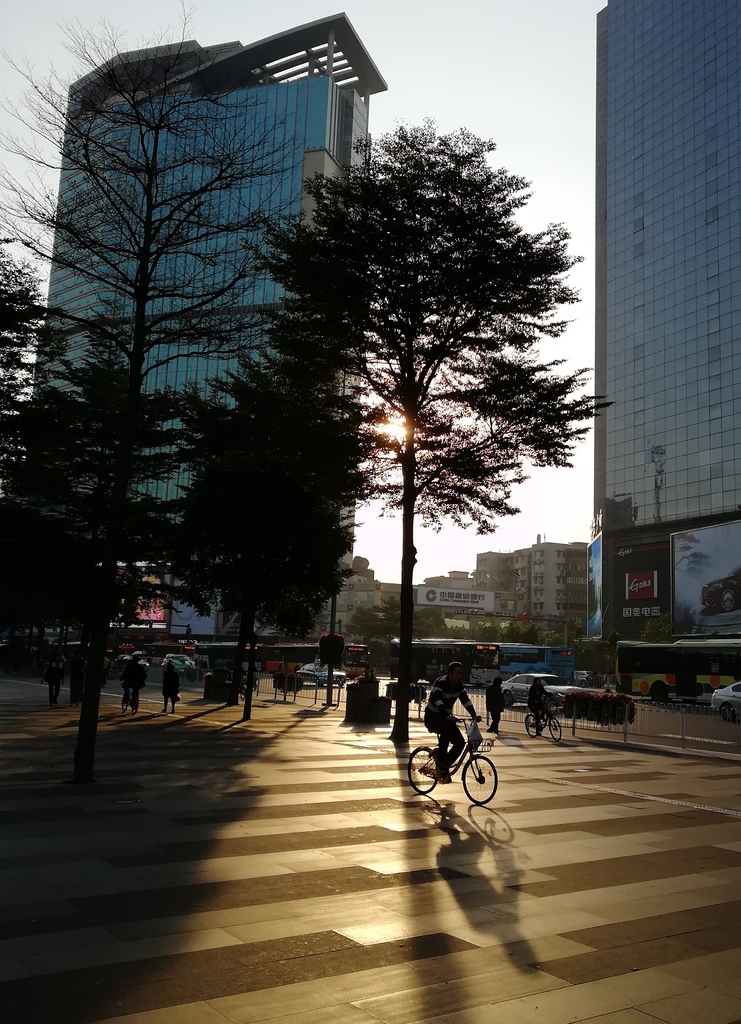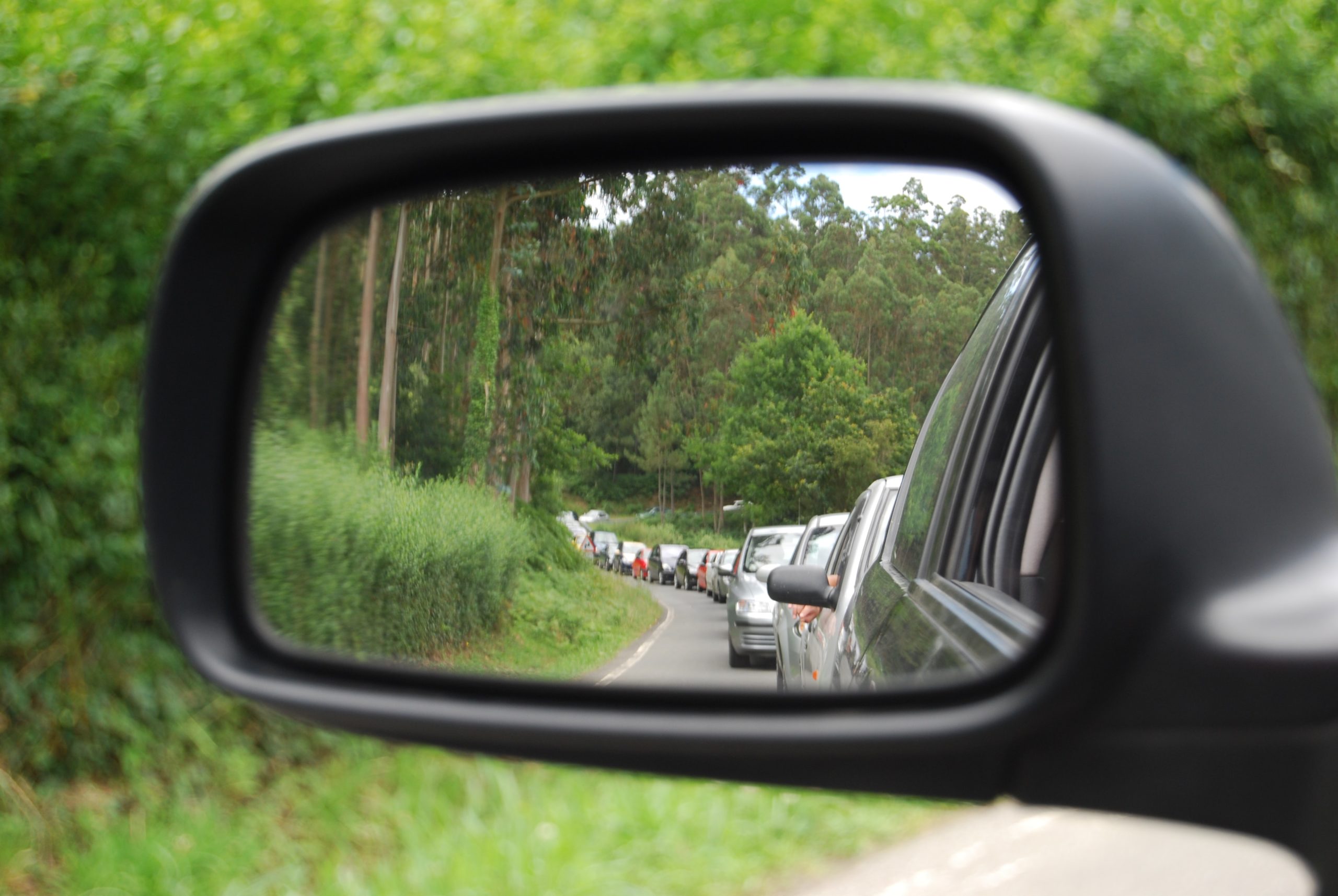By H&H Admin
Cyclists have as much right to be on the road as motorists, pedestrians, truck drivers and motorcyclists and through this article, we hope that all road users will remember to share the road and create a safe environment for all.
Cycling is an extremely popular form of exercise (and transport) in South Africa and each year, more and more people venture out onto the roads on bicycles.
However, cyclists are among the most vulnerable road users, accounting for numerous fatalities and injuries annually. Even at low impact speed, cyclists can sustain serious injuries.
Here are some tips to help drivers make our roads safer for cyclists.
1. Use Your Indicators
This may sound quite basic but the reality is that a vast number of motorists do not use their indicators while others use them incorrectly.
Indicating should be standard procedure but many car-versus-cyclist accidents are caused by road users not indicating timeously, if at all they do. To help keep cyclists safe, road users should aim to indicate in good time so that cyclists can take note of their intended actions and react accordingly.
2. Check Your Mirrors and Blind Spots
A good driver habitually checks their side mirrors and blind spots regardless of if they are changing lanes or travelling in a straight line. Not only does it help with general road safety but a high number of accidents occur as a result of drivers turning abruptly in the path of cyclists.
The reality is that drivers are more accustomed to looking out for other cars and not cyclists and while cyclists may be difficult to see (because of their size), drivers must make a conscious effort to check their surroundings before changing lanes or turning.
3. Give Cyclists Space
A general rule of road safety when driving alongside cyclists is to give them as much room as safely possible. This may include giving cyclists a wider berth than you normally would give other road users when overtaking.
Remember that although drivers and cyclists maybe both be on the same road, travelling in the same direction, both relate to the road very differently.
For instance, a small shallow pothole on the road may not be a big deal for a driver but could be a major threat to cyclists. While a motorist might simply drive over the pothole cyclists would have to swerve to avoid the same abnormality. By giving cyclists space, drivers can avert potentially dangerous situations.
4. Do Not Tailgate A Cyclist
Tailgating is not a good idea and is one which can turn fatal when it involves a cyclist.
Motorists need to remember that a cyclist can only pedal so fast and tailgating won’t make them go any faster. Instead, tailgating a cyclist makes them nervous which could result in them making a mistake such as braking more sharply than intended.
Needless to say, tailgating a cyclist is incredibly dangerous. Drivers should leave as much space between themselves and cyclists as possible.
5. Do Not Drive Distracted, under the influence of alcohol or when drowsy
It is important to exercise caution at all times but especially so when driving in the vicinity of cyclists. Driving distracted, intoxicated or when extremely tired are just some of the most dangerous things drivers do which jeopardize the safety of all road users and cyclists in particular.
Remember that cyclists have very little protection and can be seriously injured in the event of a collision, no matter how slowly a driver may be travelling.
Bad driving habits also reduce a driver’s reaction time and in the eyes of the law, motorists are more likely than not to be held responsible in the event of an accident involving cyclists.
6. Avoid Road Rage At All Times
It is simply not worthwhile to get into a quarrel with cyclists as road rage incidents have a way of spiralling out of control alarmingly quickly. Even if a cyclist put themselves in danger by not following the rules of the road, it is not your responsibility as a driver to ‘educate’ them.
In as much as this article is aimed primarily at drivers, it would be unfair not to address cyclists’ obligations towards maintaining their safety.
Cyclists should not:
- Pedal against traffic
- Disobey the rules of the road, e.g., roll through stop signs / blow through red traffic lights
- Hog the road by riding in packs, ignoring traffic that may build up behind them.
Road safety is everyone’s responsibility and as such courtesy and respect go a long way as does an attitude of driving defensively. For all road users, the idea should be getting to one’s destination as safely as possible and for that to happen, we should all remember to share the road.
